Winter in Norway is a harsh affair. For people caught outdoors in the wilderness without shelter, the unforgiving climate can be fatal.
During the Second World War, Norway was invaded and occupied by German forces, while Britain and Norwegian resistance movements attempted to wrest control of Norway from Germany.
On April 27, 1940, a British fighter plane shot down a German bomber over the Norwegian wilderness, but had to crash land itself. The crews of both aircraft emerged unscathed – and then had to work together to survive.
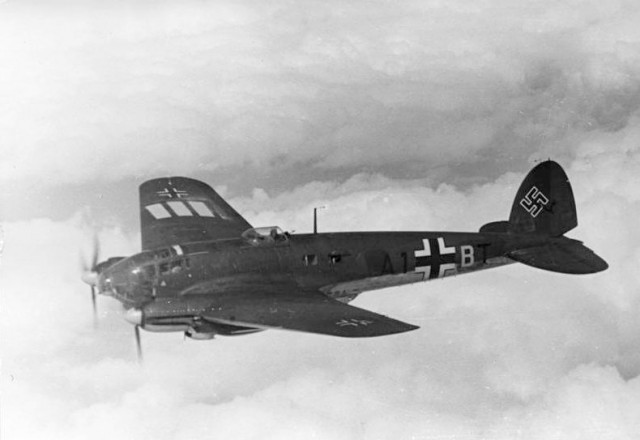
Captain Partridge and Lieutenant Bostock of the British Royal Navy’s Fleet Air Arm 800 Squadron were leading a fighter patrol consisting of three Blackburn Skuas over the mountainous Ålesund area of Norway when they spotted a German Heinkel He 111 bomber.
Partridge immediately engaged the German bomber and managed to damage its port engine enough to force it to crash land.
However, any joy Partridge may have felt after downing the German plane was quickly dampened, as one of the engines on his Skua failed shortly after this.
With no option but to crash land in the snowy Norwegian wilderness, Partridge and Bostock managed to glide their aircraft down and perform a relatively smooth crash landing next to a frozen lake.
Both British airmen survived without injury and after getting out of their Skua – which was only lightly damaged – they set about destroying it, lest it fall into enemy hands.
While gliding down to Earth, the two airmen had noticed that there was a hunter’s hut on a nearby hill, and they decided that this would be an ideal place to take shelter from the cold. Setting off on foot through the knee-deep snow, they eventually made it to the hut after a long, difficult hike.
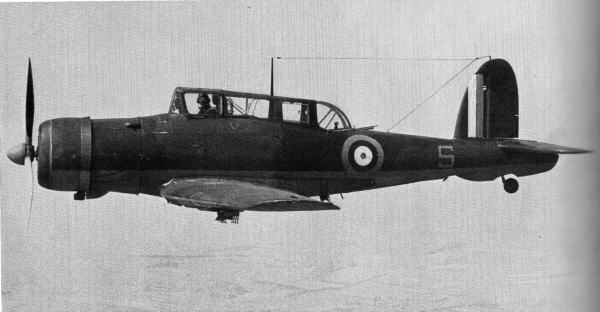
It turned out, however, that Partridge and Bostock had not been the only airmen to have survived a crash landing that day. While the German bomber’s tail gunner, Hans Hauck, had been killed, the rest of the crew had survived both the attack and the subsequent landing uninjured.
It was late in the afternoon when Partridge and Bostock heard footsteps approaching the hunter’s hut. Arming themselves with their pistols, they waited in suspense for what could have been an attack.
The attack, however, never came, even though the men outside were enemy troops, and were armed themselves with revolvers and knives.
The German airmen from the downed Heinkel bomber gave a whistle to alert the British airmen of their presence and to show that their intention was not to attack. Despite the tension in the air, Partridge holstered his pistol and invited the Germans into the hut.
Grateful to have shelter from the harsh winter night, the German crew – named Strunk, Schopis and Auchtor – entered the hut. Using a mixture of broken English from the Germans and vice versa from the Brits, the airmen were able to communicate with each other.
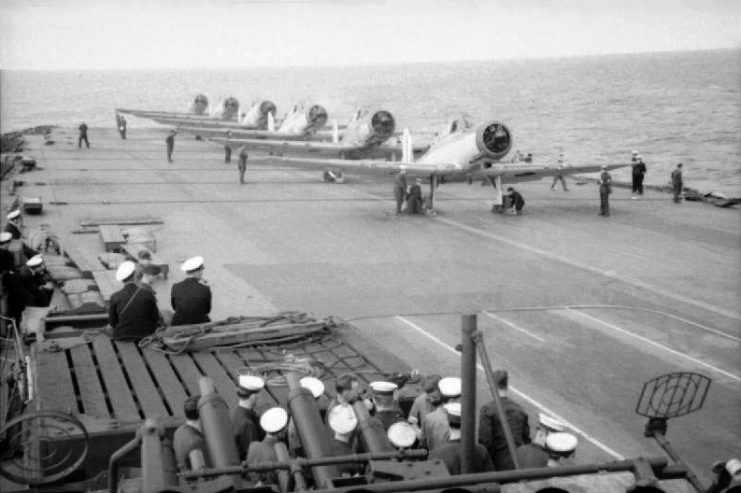
It turned out that the Germans believed they had been downed by a Spitfire rather than a Skua, but even so, Partridge and Bostock decided to play it safe – especially after hearing that they had killed Hauck. They told the Germans that they had been flying a Vickers Wellington bomber.
As darkness was falling, and there wasn’t enough space for everyone to sleep in the hut, the British airmen decided that they would make for a chalet that was visible in the distance, and allow the Germans to take shelter in the hunter’s hut. The Germans, grateful for the shelter, agreed to this.
The chalet the British airmen had seen turned out to be the Grotli Hotel, which was abandoned. The next morning the Germans arrived at the hotel, where all five men sat down together for breakfast.
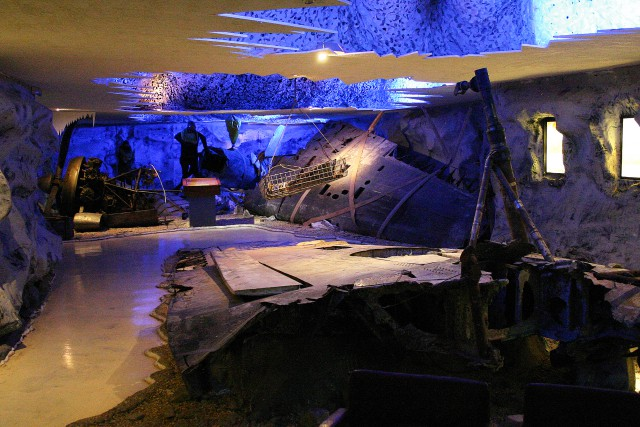
Realizing that they needed to get back to civilization, it was agreed that Partridge and Strunk would set out together on an expedition.
It didn’t take them too long to find other people – or, rather, to be found by other people. A Norwegian ski patrol saw the two airmen hiking through the snow, and a Norwegian sniper, believing them both to be Germans, fired a warning shot at them.
Partridge hit the ground, while Strunk raised his hands above his head and shouted, “English, English!”. Strunk then made a movement which the sniper interpreted as reaching for his pistol, so he fired another shot – this one aimed at Strunk. The shot was fatal, and the German airman fell to the ground, dead.
The Norwegians initially refused to believe that Partridge was British and demanded that he take them back to the hut, which he did.
They arrested all of the men, but Partridge and Bostock were eventually able to convince the Norwegians that they were British by showing them the labels in their uniforms and British coins they had on them.
Also, by a rather amazing coincidence, it turned out that one of Partridge’s friends knew the leader of the Norwegian patrol. Once this fact was established, the British airmen were freed. The Germans, however, were not so fortunate.
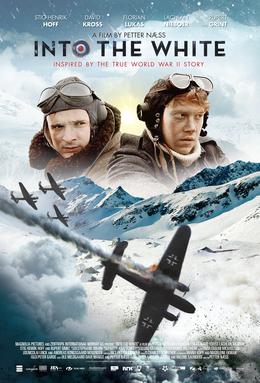
Schopis and Auchtor were sent to a prison camp at Stryn in Norway. They were later transferred to a POW camp in Britain, and then again to another POW camp in Canada, from which they were released in 1947, after seven years of captivity.
As for the British airmen, they hiked 21 miles through the snow to Ålesund. However, when they arrived the town was under heavy attack from the Luftwaffe, and all British personnel were being evacuated.
The Royal Navy destroyer that was supposed to evacuate them didn’t arrive, so Partridge and Bostock commandeered a car and drove to the port of Åndalsnes, where HMS Manchester got them back to Britain.
While Bostock was killed in action later in the war, Partridge survived, and in the 1970s Partridge and Schopis met up, this time as friends instead of enemy soldiers. They remained in contact until the ends of their lives. A film about the incident, Into the White, was released in 2012.
